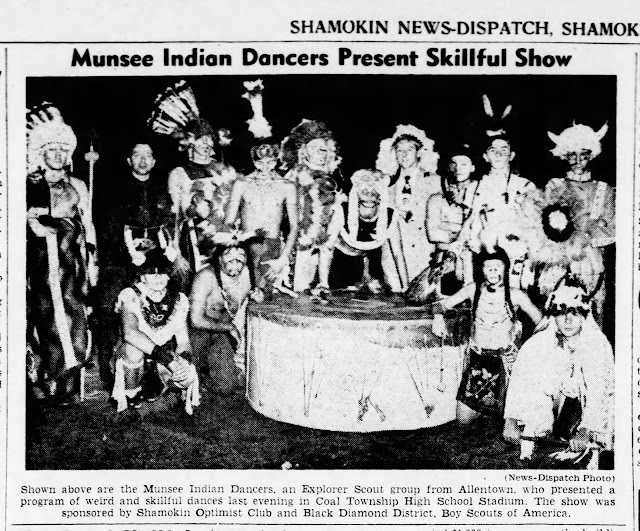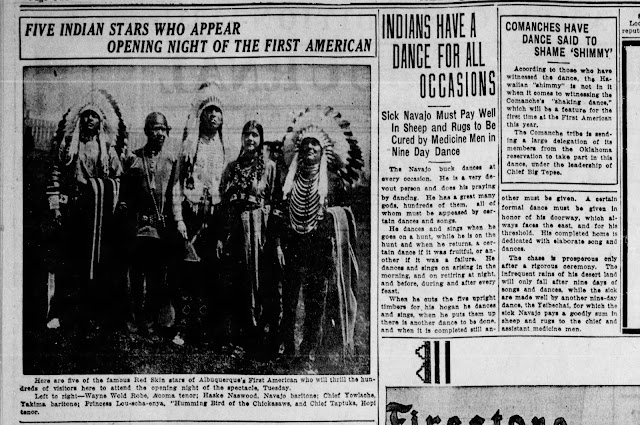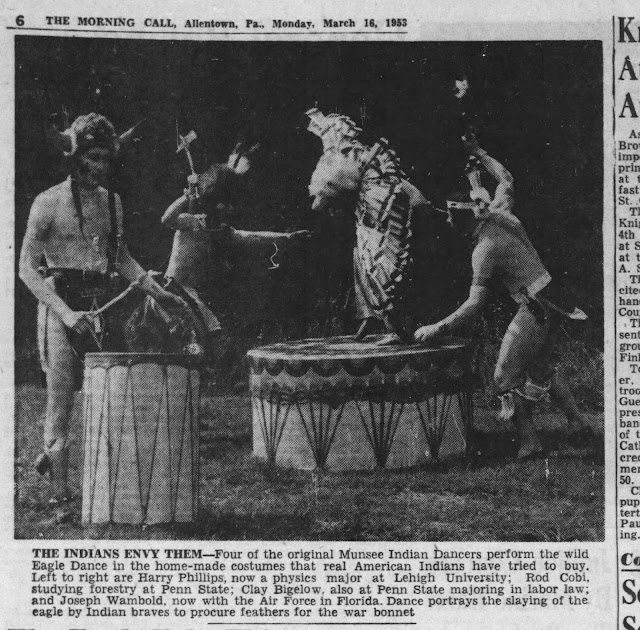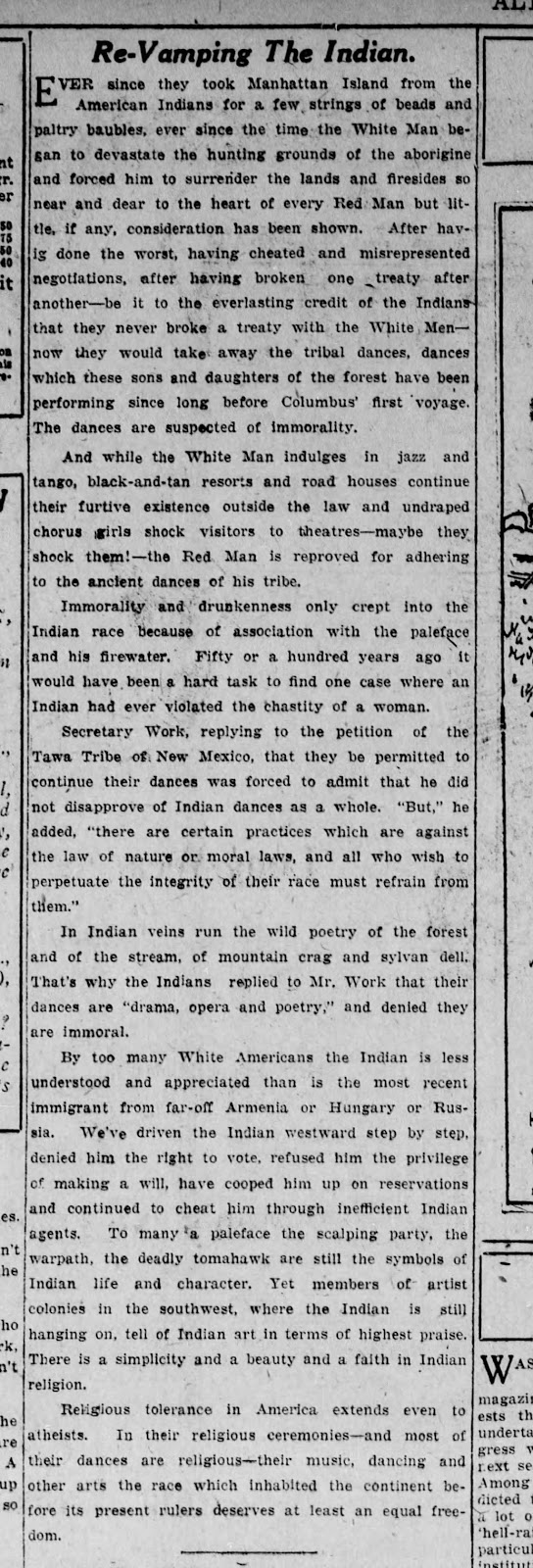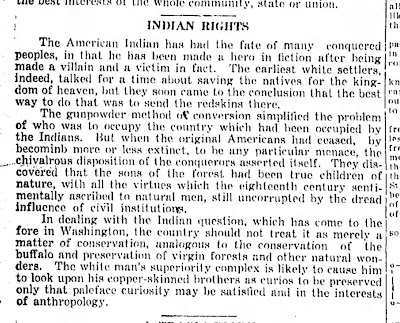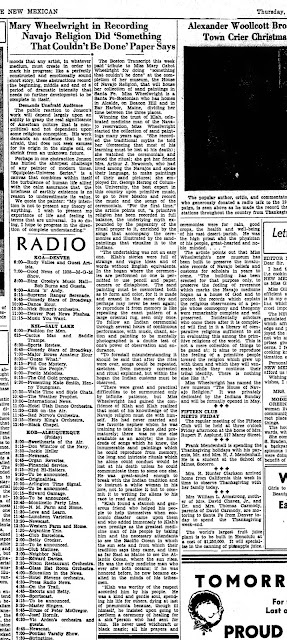The Boy Scouts have a long history of Cultural Appropriation and Teaching children to Stereotype Native Americans..

under the guise of "honoring" and "admiration." At the time of the images below, it was still thought that indigenous people were vanishing. Those who existed on reservations were subjected to agents, permits needed to leave the reservation, and a lack of citizenship rights because they were still deemed "wards of the government." They were in limbo. Society loved the images of them in headdresses and wielding tomahawks, but "real Indians" and their treaty rights, human rights, and rights as citizens didn't matter. The Boy Scout's played into the "Noble Savage" image of the Hiawatha romanticized era. The scouts were whites-only, as were the Order of the Red Men who did the exact same thing - but as adults. These people "played Indian"... THEIR version of what an Indian was; not as a person now, but as the person whom they were remembering. And it is true, that some actual "real life Indians"
